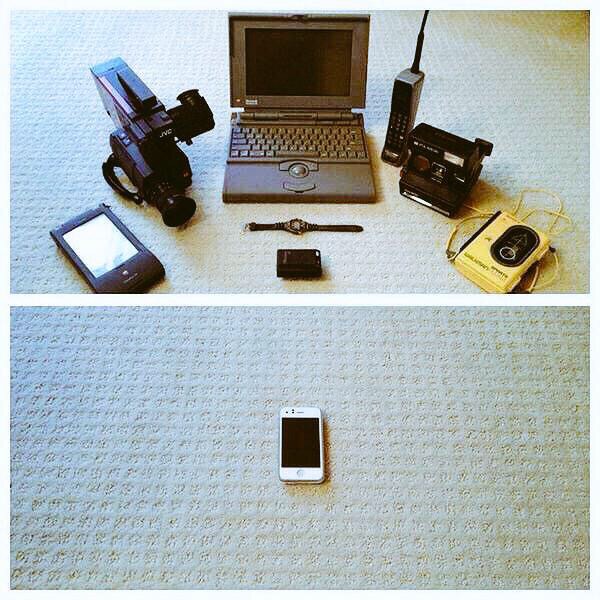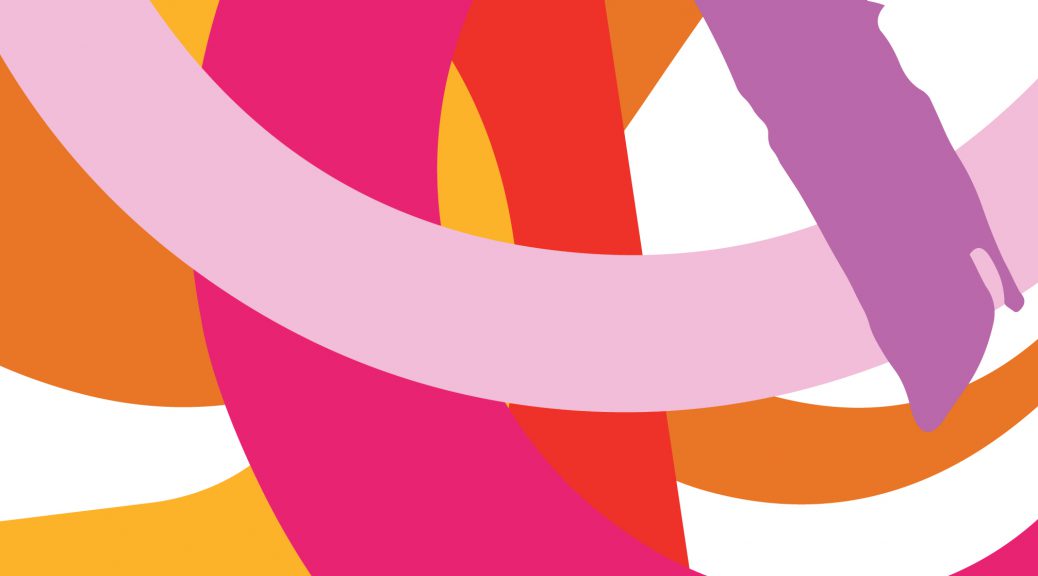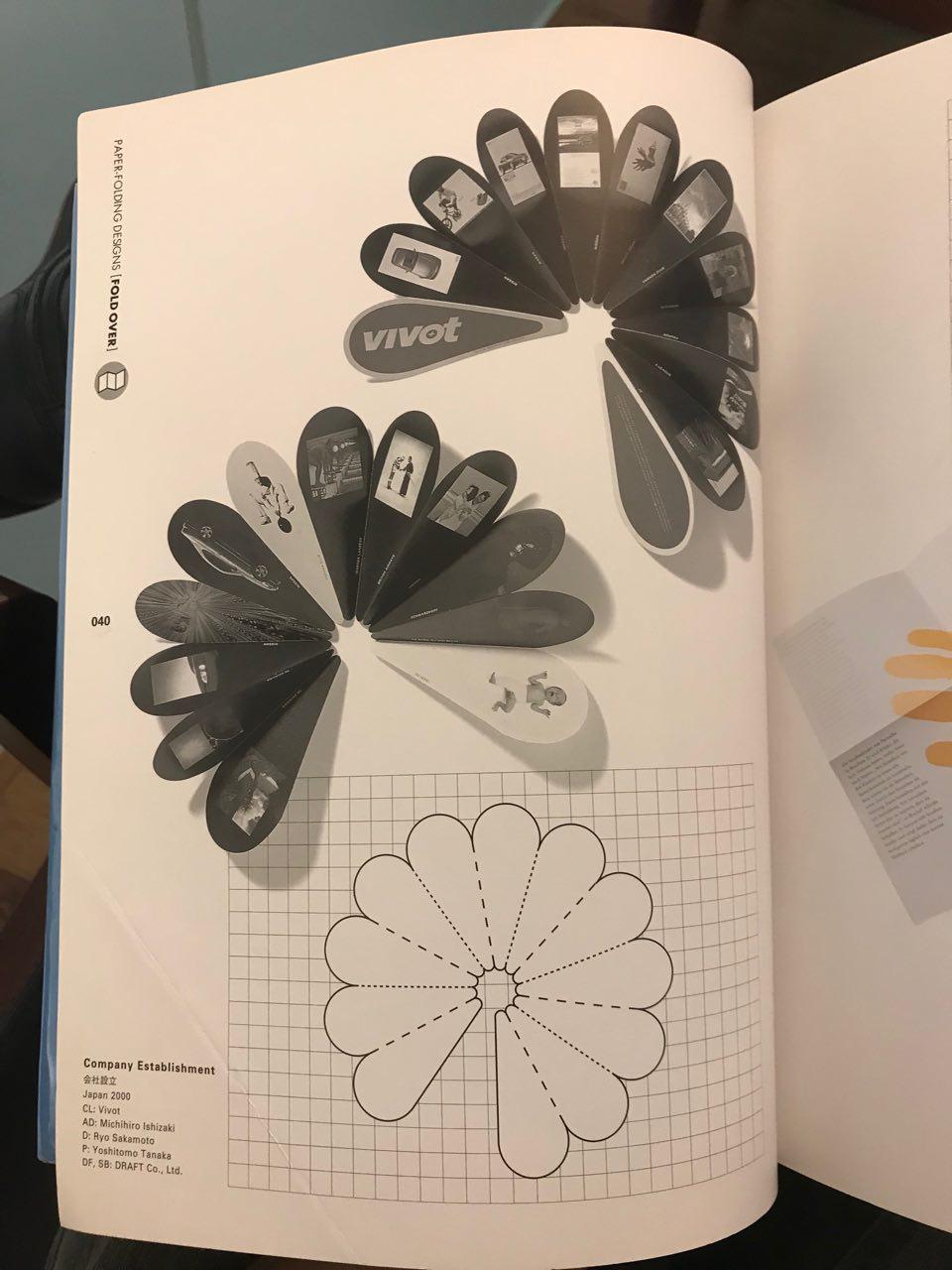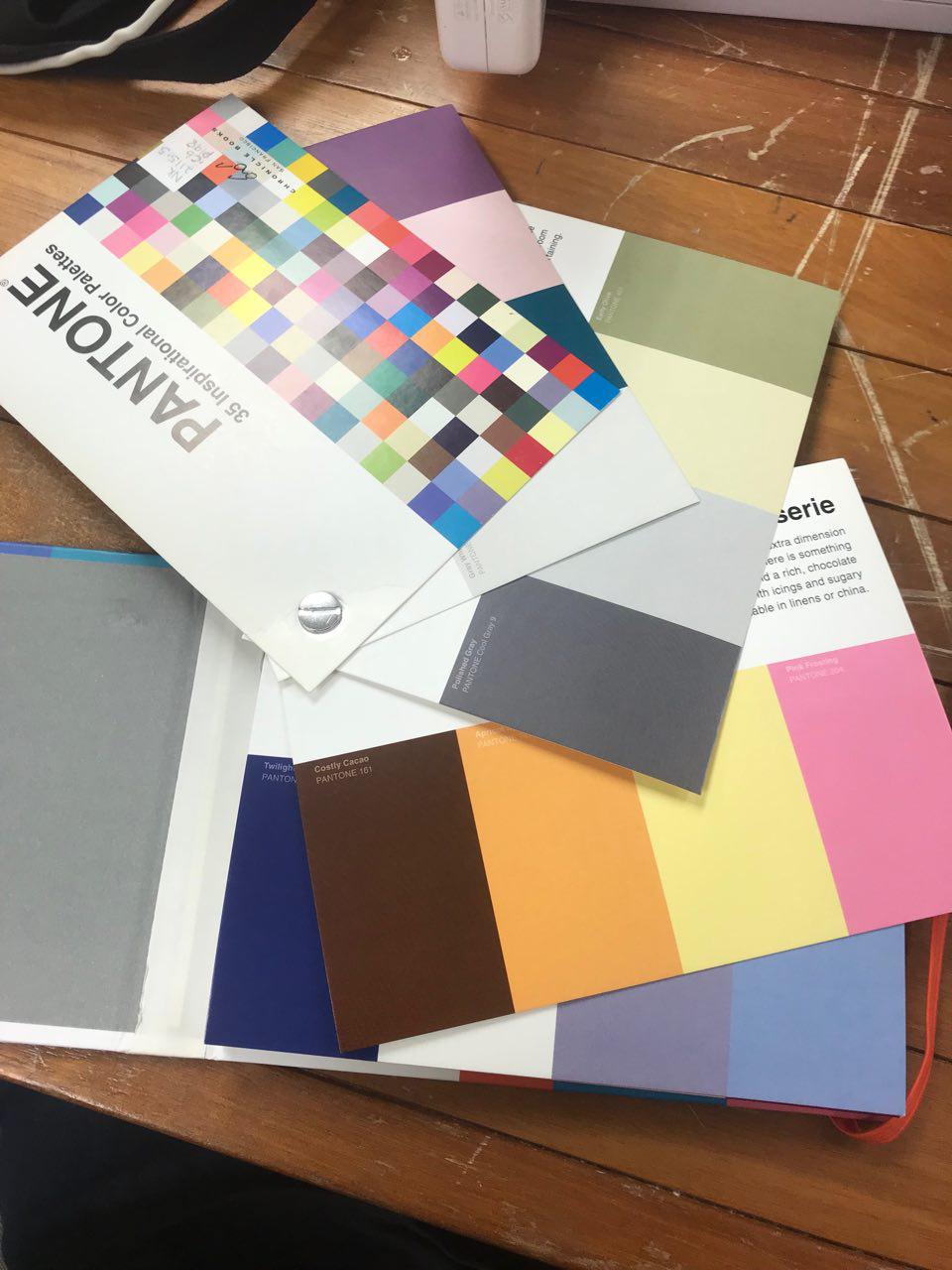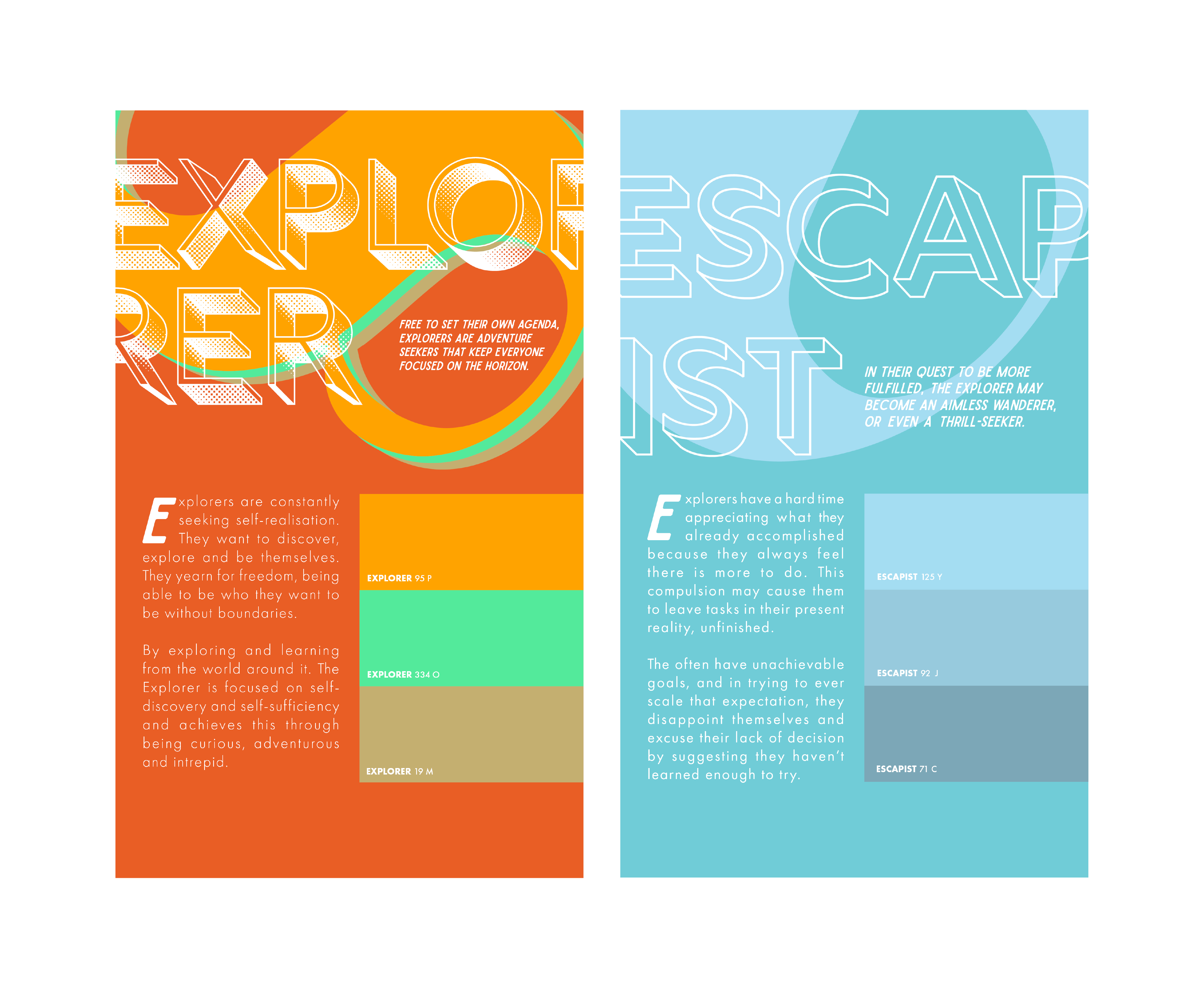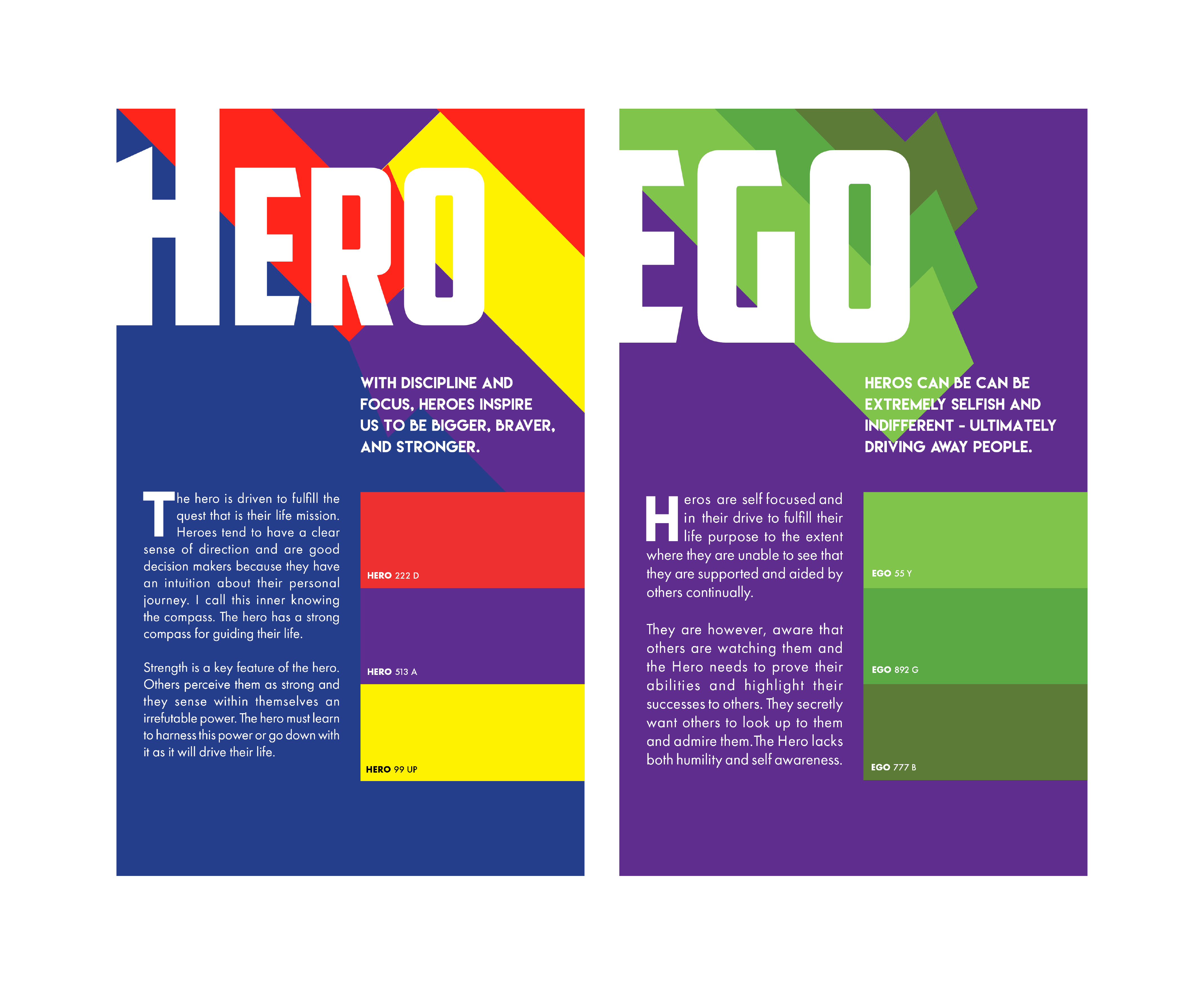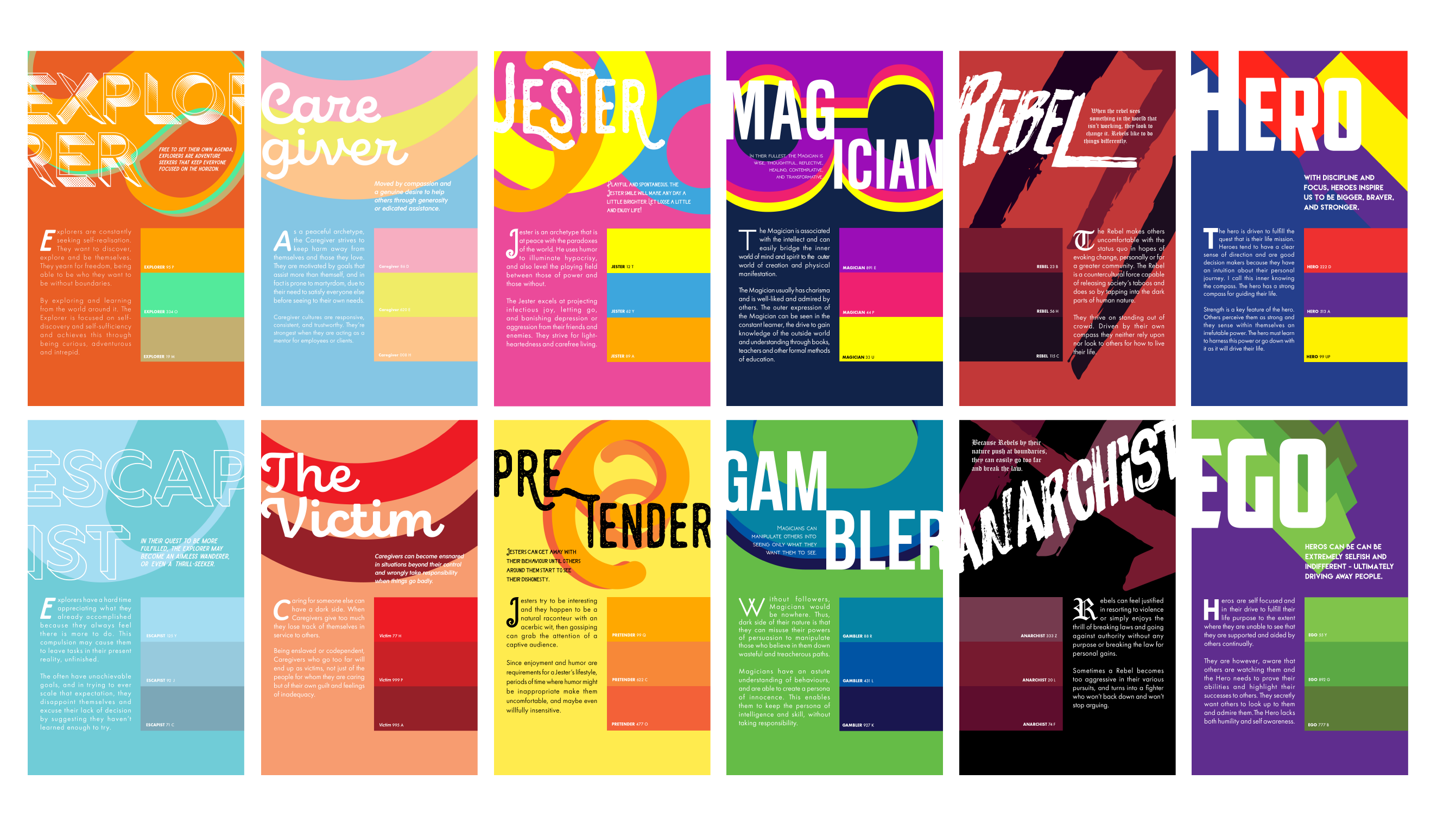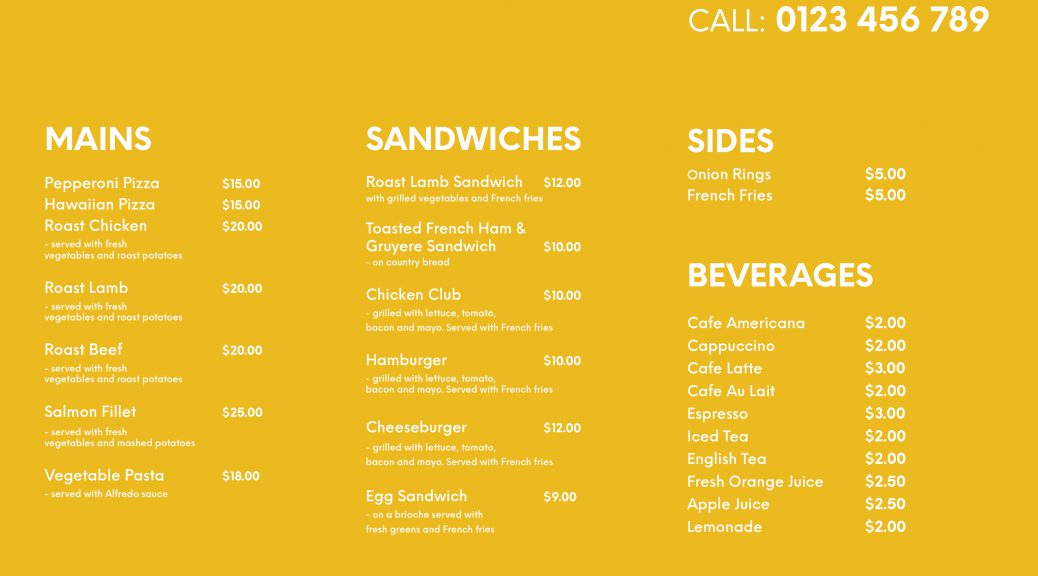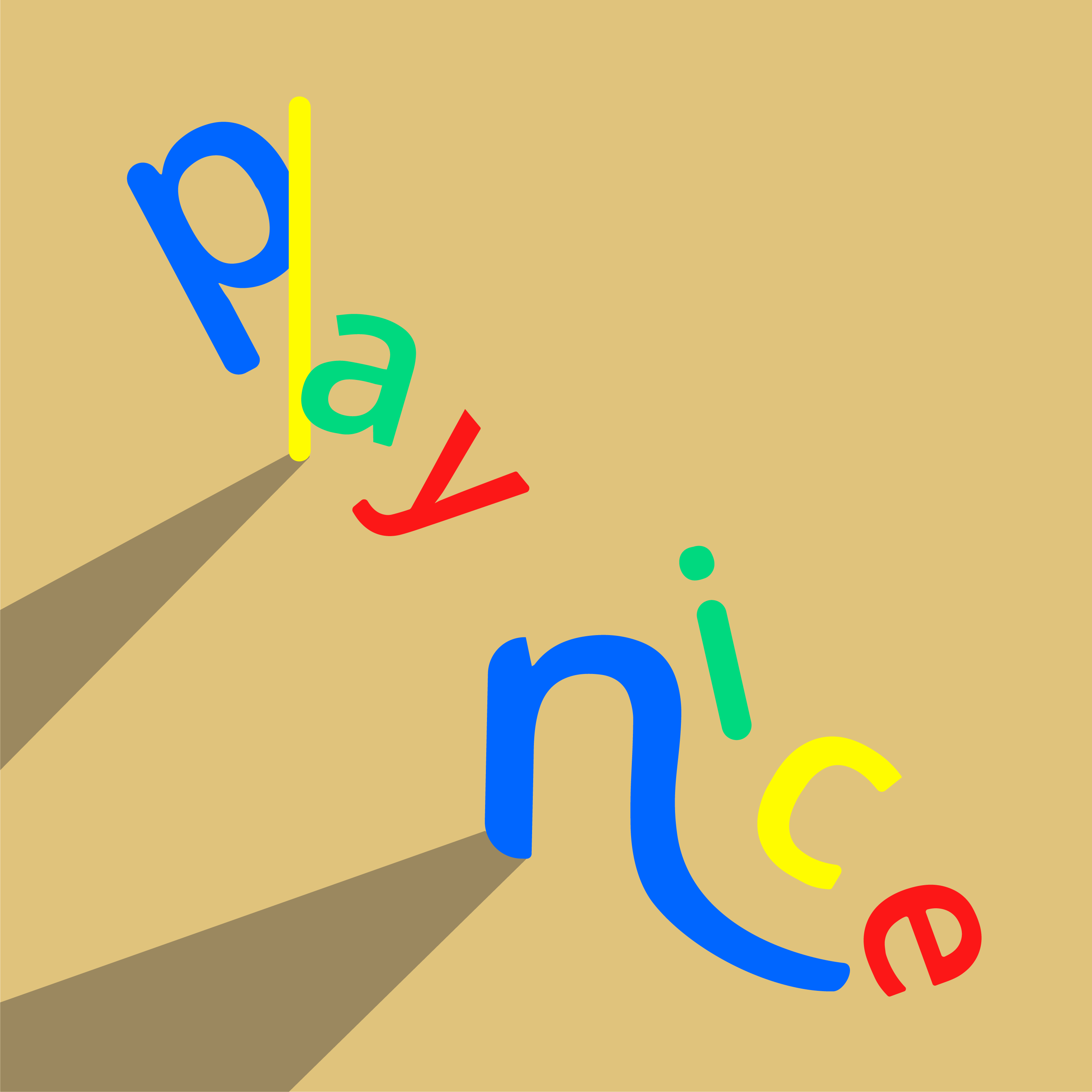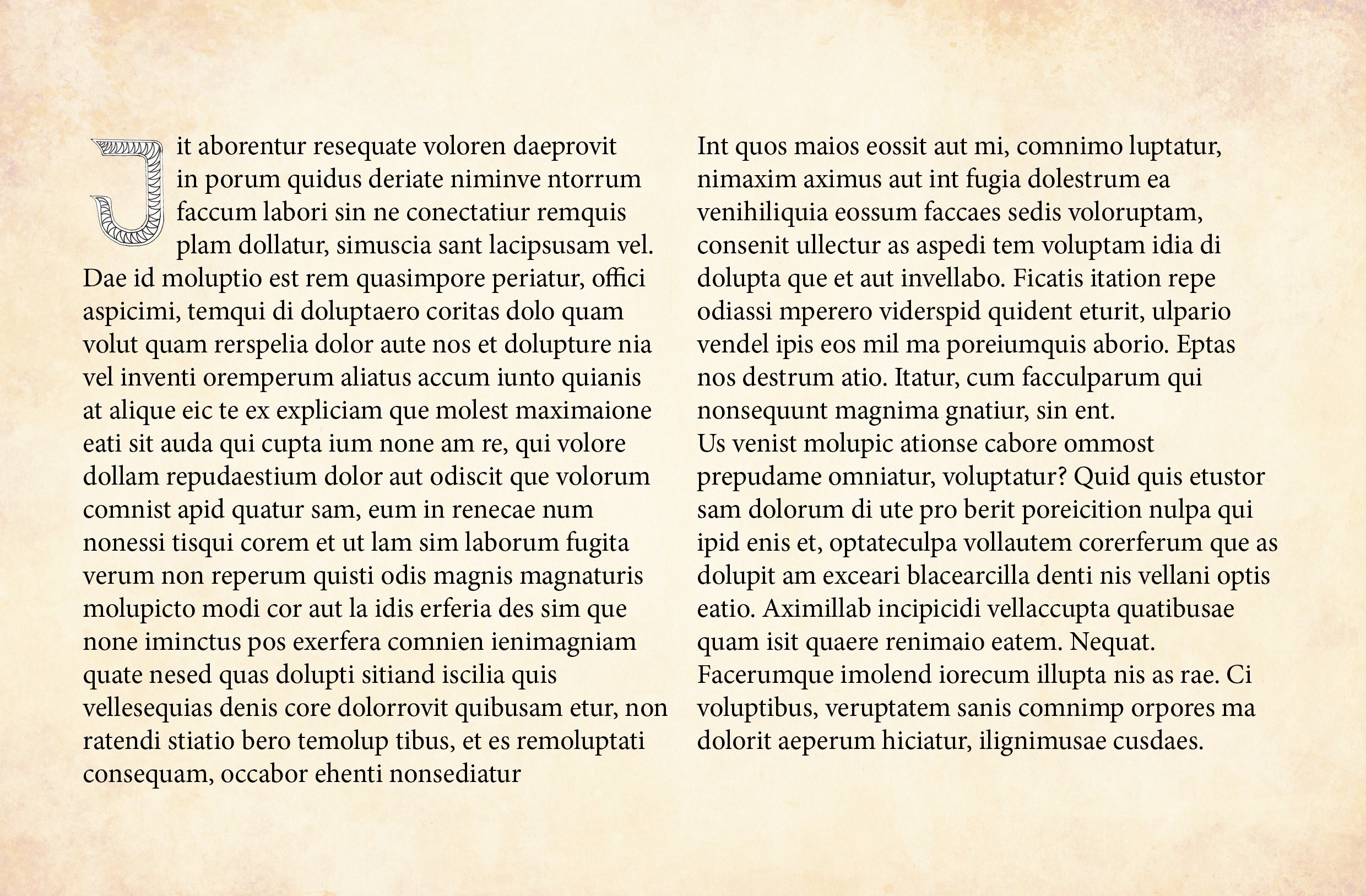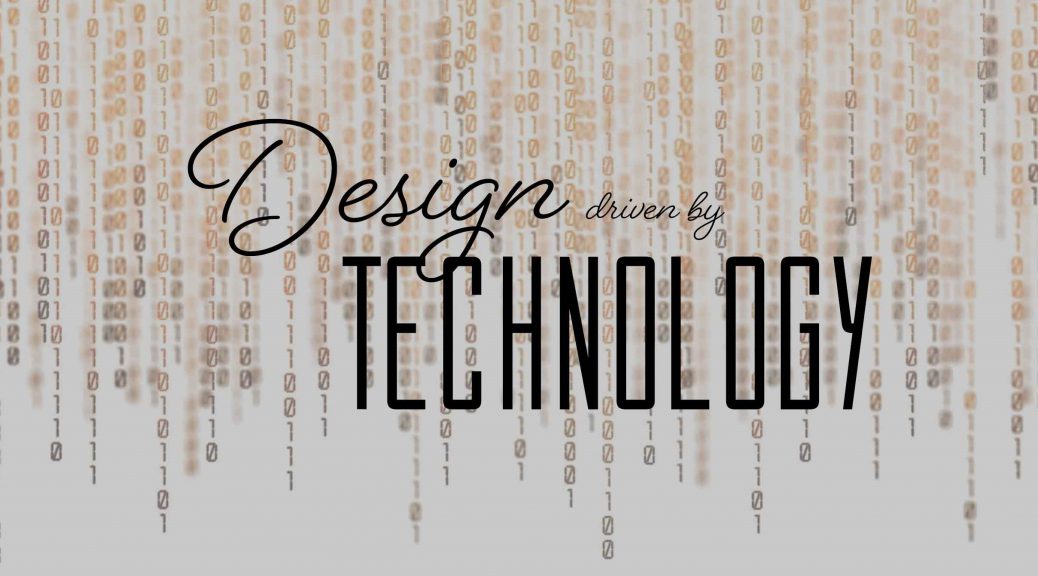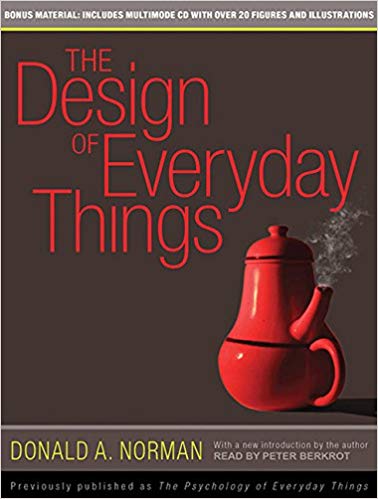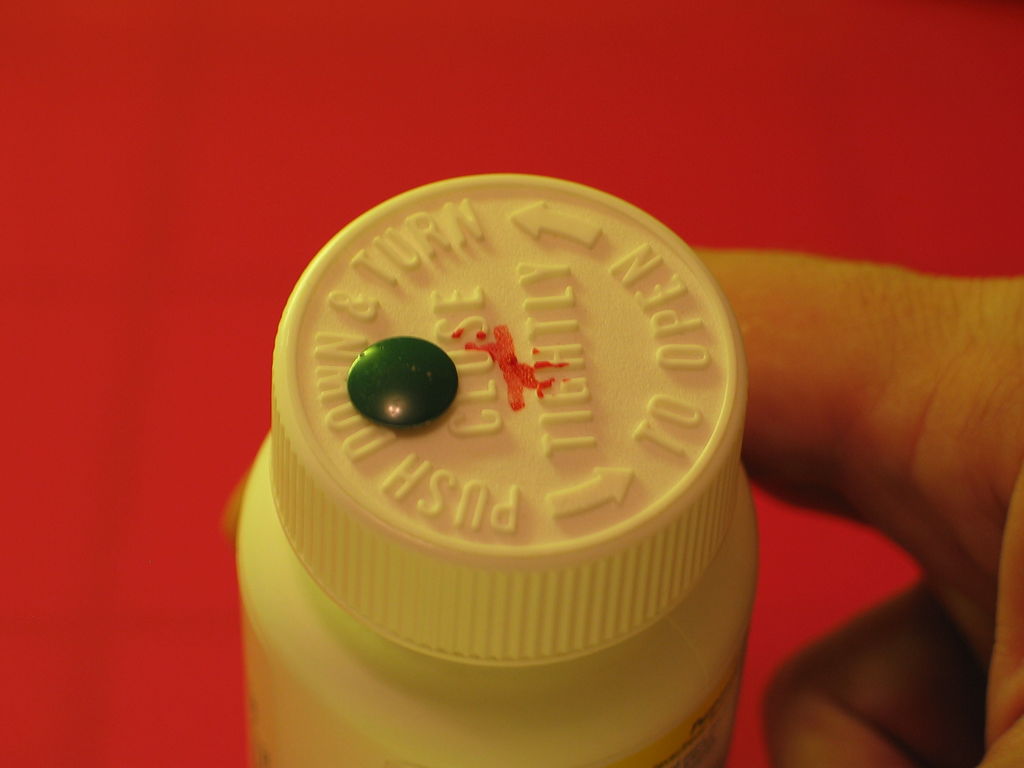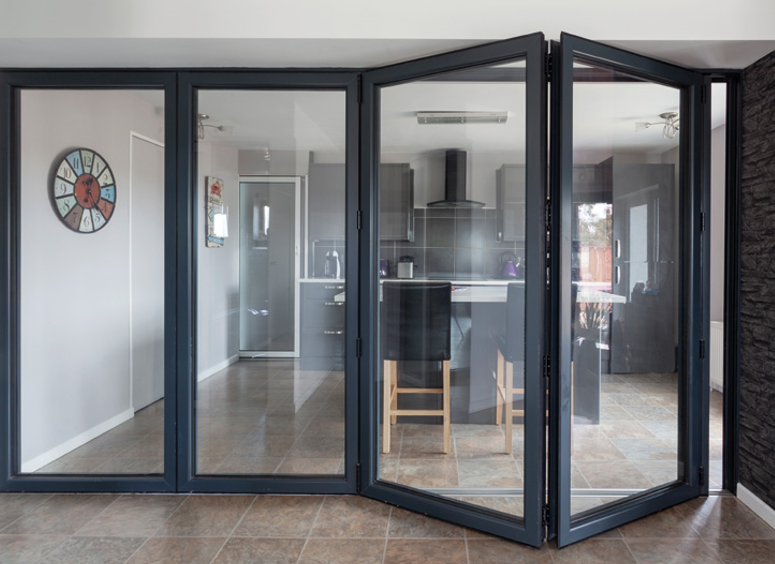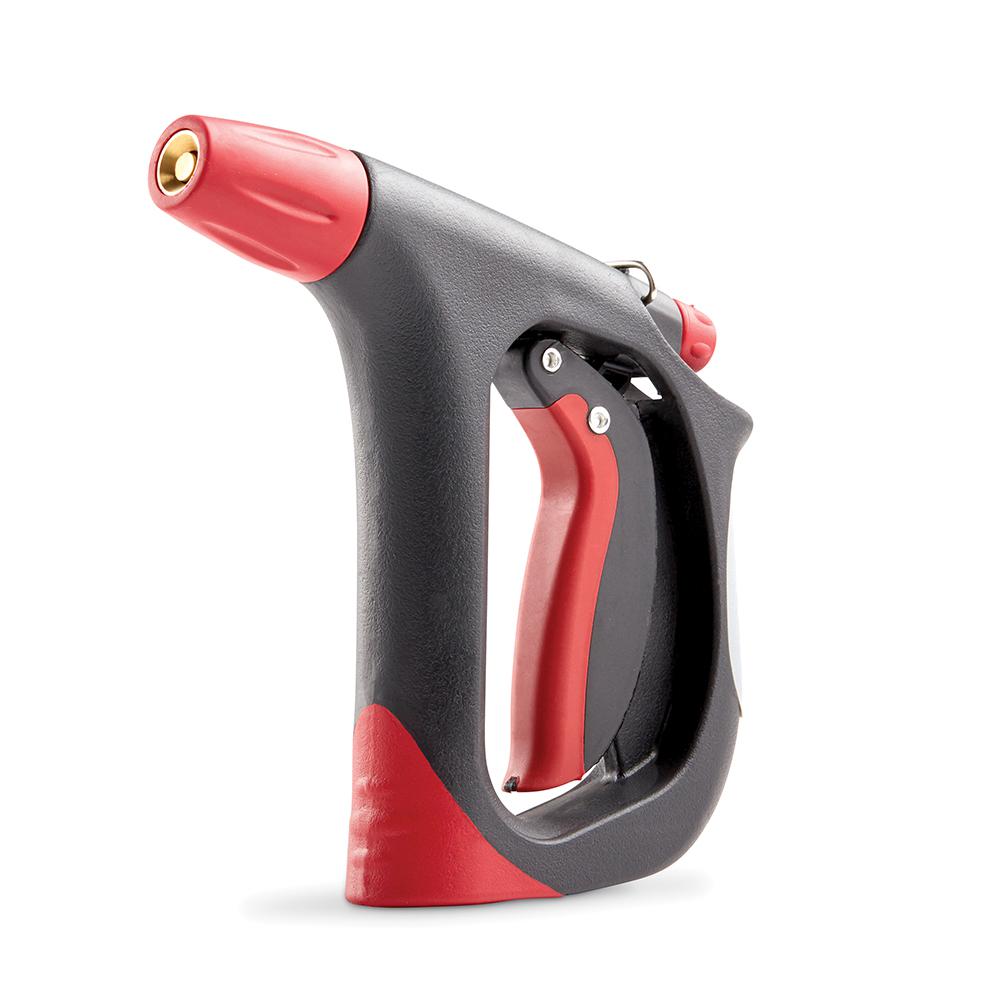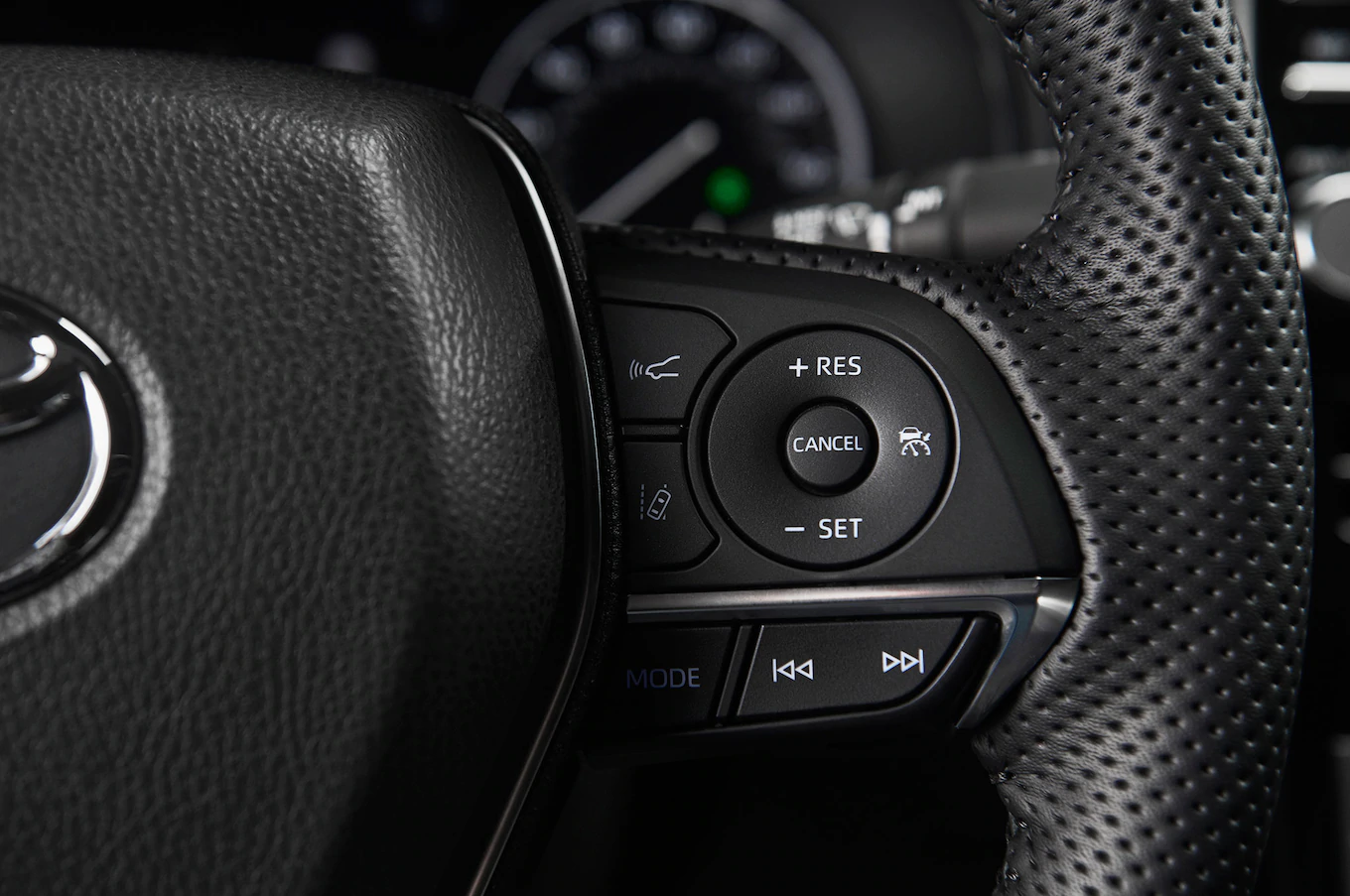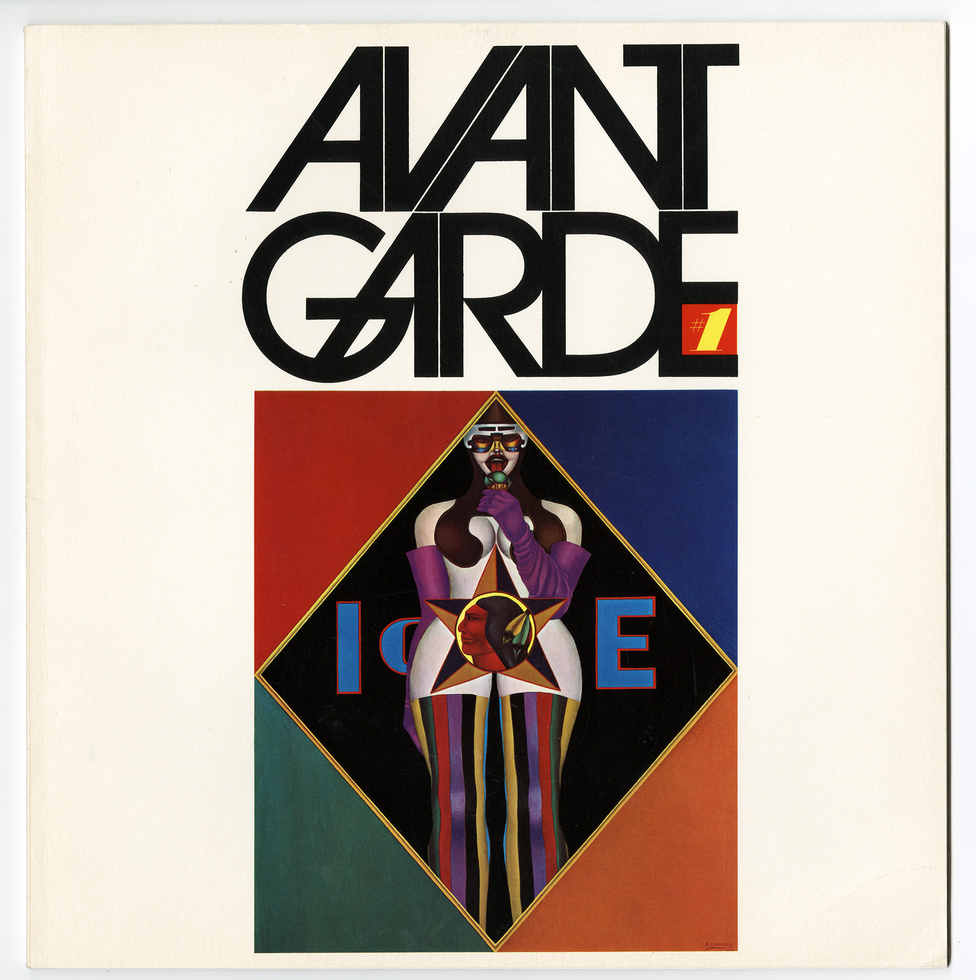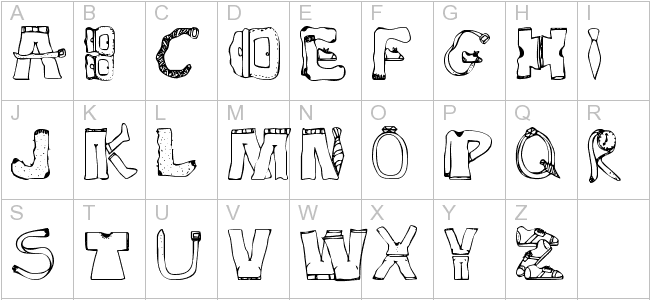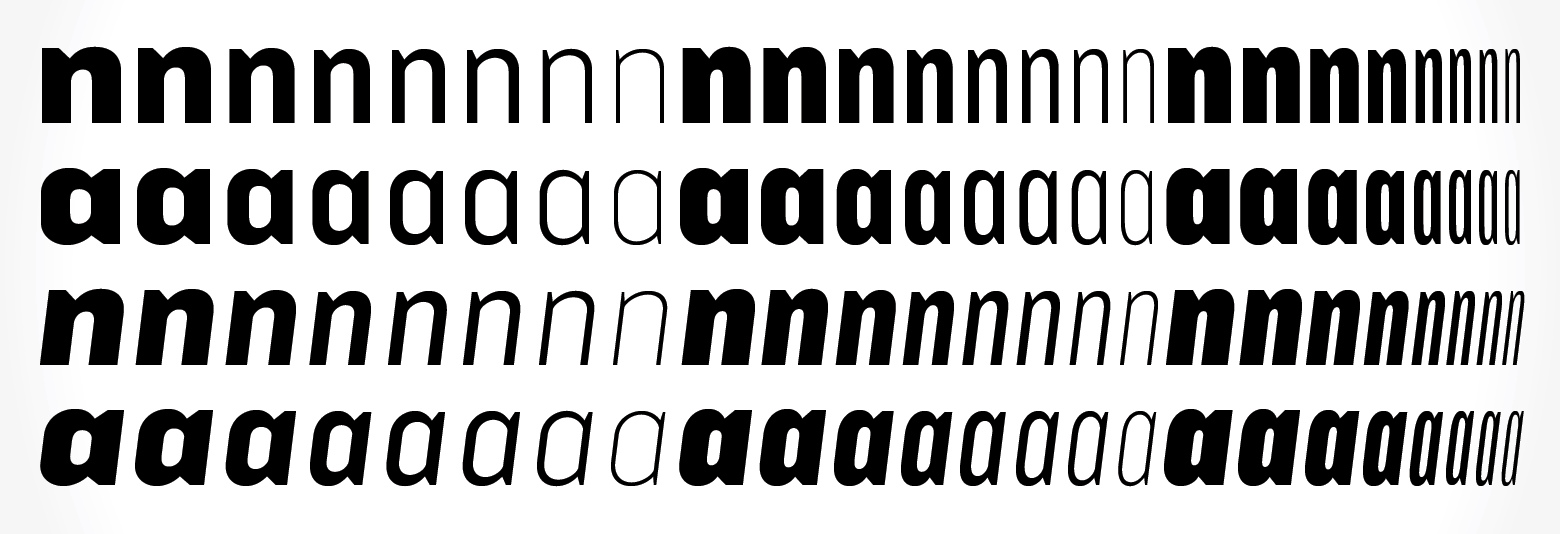Day 1:
When

To begin the data collection process for Diary Of Behaviour, I had to create a reminder on my phone. It should be evident in showing how much I depend on my phone at this point. Being awoken by my phone in the morning, I instinctively started checking my social media apps as well as reading some news online. I would remain in bed for around 10-15 minutes before I actually get up and begin my day. As I was preparing breakfast and getting ready for the day, I noticed that when I am alone, I began to view my phone as my companion and my source of entertainment, using my device when I was doing mundane & routine tasks such as preparing breakfast, brushing my teeth and even showering. The entertainment I consume using my phone varies from listening to music whilst cooking or showering, to watching videos or listening to podcasts when I am eating or doing household chores.
I had to leave home for a group meeting and during that period, I used my phone to check for bus arrival timings, I notified my group members of my location, opened a music app and began reading the news on my phone. All of these began even BEFORE I stepped out of my house. My dependency on my phone became more and more striking as my day progressed.
Why
As the functionality of our phone is so diverse, we are able to utilise it in almost any situation. One main reason I use my phone is to alleviate the feeling of boredom, to be able to occupy ourselves with some form of entertainment as and when we like has become a habit and somewhat of an addiction. I also use my phone to be able to efficiently utilise my time. By predicting when the bus would arrive as well as planning my journey before hand helps me to reduce uncertainty and time wasted on figuring out details on the spot. Communication through mobile apps also reduces uncertainty among our peers as being able to update them on the go ensures punctual arrival.
What
I use my phone mainly as a media consumption device for when I am bored. Other uses would be communication and a medium to save time.
Observation

When I began to notice how much of my time is being invested into my phone, I decided to put it away during my commute back home. It is so rare to see people living and experiencing life in the current space as many of them have been transported to a third, virtual space which is their phones. It is true when people call us the zombie generation as more often than not, our minds are not in this current space. Boredom is so frowned upon in our society now that we require constant stimulation through our devices in the form of entertainment to feel as though we are not wasting our time.
Day 2:
This challenge of not being able to use our electronic devices is one which is almost impossible for us, as we require our computers for our assignments. With that being said, I did try to ensure that I only used my computer to complete my assignments and nothing else. My phone was left almost untouched on this day to try and replicate the experience of not using an electronic device.

I usually sleep with my curtains shut and I would rely on my phone to wake me up. However, for that night, I drew my curtains hoping that the morning light would act as my ‘alarm’. Sunlight is an important indicator to our bodies that it is time to get up and I am pleased to know that the function still exists for in my body as I was able to get up around 9 AM, without an alarm! Without my phone, I was able to accomplish tasks with less time as I was not as distracted and I focused more on finishing the task quickly. It is ironic because our phones are supposed to help us become more efficient with our time. As I cleared my schedule for this day, I did not need to use any form of messaging to communicate with others.

However, I had to travel out to purchase some materials for my assignment. I turned to books to occupy my time during my commute and I was greeted with curious gazes because it has become so rare to chance upon someone reading a physical book in our day and age. To be honest, I felt a sense of pride, and accomplishment for restricting myself from using my mobile device. Without being constantly enveloped in the virtual world, I was able to observe so much more of my surroundings – an adult making funny faces at a baby, a bus driver holding the door for an elderly woman or even friends having a good laugh. These are the little details which I would have missed if I drowned out my surroundings with music and just focused on my screen.
I did face longer waiting times and I had to stop myself from setting reminders or jotting down notes on my phone, forcing me to rely more on myself for these tasks. I did get bored from time to time, so to overcome this feeling, I started to observe more of my surroundings, noticing things which may be out of place or just studying different individuals in my vicinity – paying attention to their interactions with one another, their behaviours or with an object. Overall, this experiment made me appreciate the capabilities of my phone, but more importantly, it also highlighted how dependent I am on my phone and the amount of time I waste while trying to multi-task with it. Living in the present has become such an outdated concept (how ironic) and as a result, we miss out on so many interesting details of life, making us even more boring and dull.

